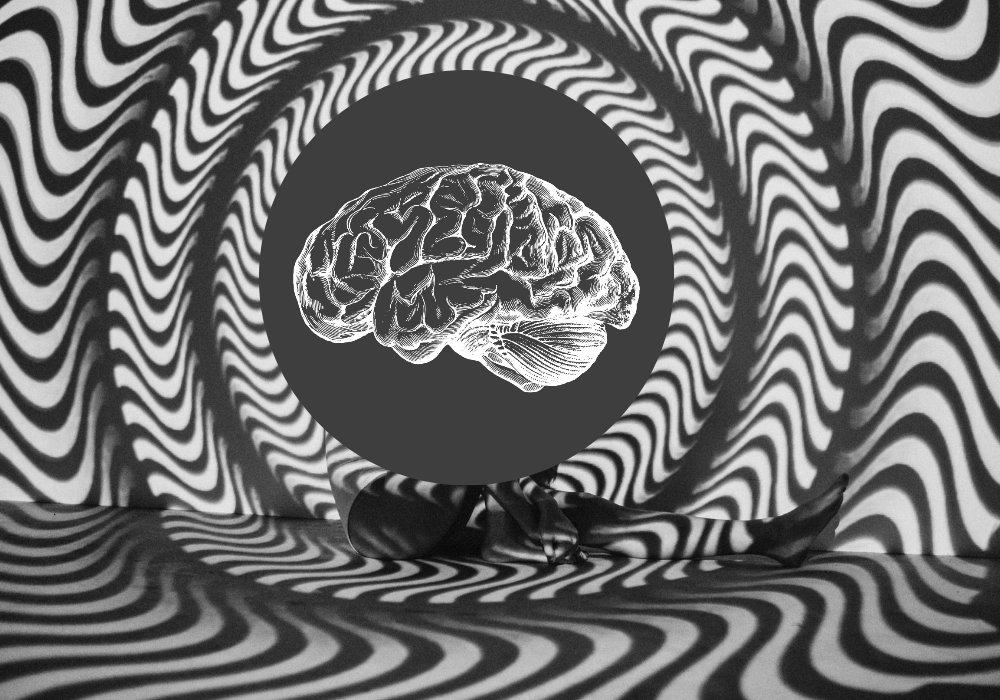
Alembic's hallucination-free AI is designed to provide precise predictions and recommendations while eliminating the generation of false information. Here's how they achieved this remarkable feat:
At the heart of Alembic's system lies a novel type of graph neural network acting as a causal reasoning engine. This AI brain ingests data from various enterprise systems (such as sales databases, marketing platforms, analytics tools, and even TV/radio) and organizes it into a complex web of nodes and connections.
The network captures how different events and data points relate to each other over time, creating an almost 3D representation of the enterprise.
Alembic's AI doesn't merely learn patterns and correlations from the data; it identifies the causal relationships driving business outcomes.
By understanding the "why" behind historical results, the system predicts the impact of future actions with high confidence. It can even recommend optimal interventions to achieve desired goals.
Immunizing Against Hallucinations
The key breakthrough is Alembic's ability to use AI to identify causal relationships, not just correlations, across massive enterprise datasets over time. The AI startup has essentially immunized its Generative AI from ever hallucinating, ensuring deterministic output.
This means the AI can talk about cause and effect, making it safe and reliable for business-critical applications.
Mathematical Techniques and Infrastructure
Alembic built its own supercomputer infrastructure and developed new mathematical techniques. These techniques represent enterprise data as time-aware graph neural networks. Each chain reaction or lever becomes like a mini neuron in this ginormous graph neural network.
By eliminating hallucinations, Alembic aims to make AI suitable for a wide range of data analysis, forecasting, and decision-support needs. Enterprises can now leverage AI without the risk of false or nonsensical information.
Critical Response
According to experts, Its hard to believe that hallucinations can be fully removed. Its agreeable that if they developed a way for Al to understand when it's hallucinating and choose not to answer with the false response or something. But the idea that they've removed hallucinations entirely seems ridiculously far fetched.
"Even humans 'hallucinate' sometimes and but are capable of reasoning."
While Alembic's hallucination-free Al represents a significant advancement, there are still some limitations and challenges associated with their approach.
Alembic's system heavily relies on historical data from enterprise systems. The quality and completeness of this data can significantly impact the Al's performance. If the data is noisy, incomplete, or biased, it may lead to incorrect causal inferences or suboptimal recommendations.
In summary, while Alembic's breakthrough is promising, addressing the above mentioned challenges will be crucial for widespread adoption and success. Researchers and practitioners must continue refining and enhancing the system to overcome these limitations.
Overall, Alembic's hallucination-free AI represents a significant leap forward in making AI safer and more reliable for enterprises. It's exciting to see how they've harnessed causal reasoning to achieve deterministic results.








 IndianWeb2.com is an independent digital media platform for business, entrepreneurship, science, technology, startups, gadgets and climate change news & reviews.
IndianWeb2.com is an independent digital media platform for business, entrepreneurship, science, technology, startups, gadgets and climate change news & reviews.
No comments
Post a Comment